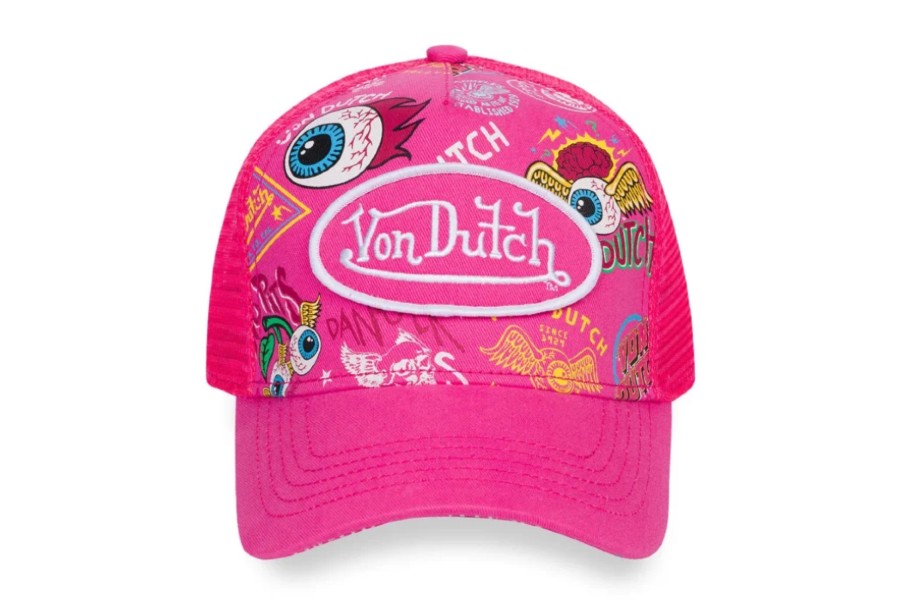In the early 20th century, the vibrant neighborhood of Harlem, nestled amidst the bustling metropolis of NYC, was a tapestry of cultural richness and undeniable allure.
As the dawn of a new century bathed the city in golden light, one intersection stood as a testament to the grandeur of the era: Lenox and 126th Street. This corner of Harlem, steeped in elegance and charm, bore witness to a bustling scene, where horse-drawn wagons lined the streets, immersing the neighborhood in an atmosphere of opulence and sophistication.
In the year 1901, the air surrounding Lenox and 126th Street was thick with the harmonious cacophony of hooves clattering against cobblestone, interwoven with the melodious rhythm of bustling commerce. Harlem, a neighborhood on the cusp of transformation, hummed with an energy fueled by the aspirations and dreams of its enterprising residents.
At this intersection, horse-drawn wagons reigned supreme, gracefully gliding along the tree-lined streets, their presence lending an air of majesty to the neighborhood. The wagons, adorned with exquisite craftsmanship, were a symbol of prosperity and affluence. Their owners, dignified gentlemen and women of stature embarked on their journeys, exuding an aura of sophistication that permeated the very fabric of Harlem.
Lenox and 126th Street became a hub of bustling activity, with merchants peddling their wares from the back of their ornate carriages. The street’s vibrant market atmosphere was a delight to the senses, as residents meandered amidst a cornucopia of stalls, marveling at the array of goods on offer. From fresh produce to delicate lace garments, the street brimmed with a kaleidoscope of colors and textures, embodying the essence of a neighborhood where commerce and community intersected.
Harlem’s horse-drawn era wasn’t solely defined by trade, but also by the vibrant social tapestry that flourished within its boundaries. As evening descended, the neighborhood’s elite donned their finest attire and gathered at the renowned Alhambra Ballroom, situated just steps away from Lenox and 126th Street. The grandeur of the Alhambra, with its opulent chandeliers and sumptuous décor, served as a backdrop for enchanting evenings of elegant dances and exquisite music.
The enchantment extended beyond the ballroom’s walls, as horse-drawn carriages lined the streets, waiting to transport the revelers to their homes, their occupants glowing with the residual sparkle of the night. The carriages, masterpieces of craftsmanship, epitomized luxury, their polished exteriors gleaming under the gas-lit lampposts that adorned the thoroughfares.
Lenox and 126th Street’s allure extended far beyond the realm of commerce and social gatherings. It was also a testament to the neighborhood’s indomitable spirit. The turn of the century brought with it a tide of change, as Harlem’s population expanded and embraced a rich tapestry of cultures and traditions. The vibrant neighborhood became a cultural melting pot, with residents hailing from various corners of the globe, each adding their unique hues to the canvas of Harlem life.
As horse-drawn wagons traversed the streets, they carried not just goods and people but the stories and aspirations of a diverse community. Harlem embraced the visionaries and creatives who sought refuge within its borders. From musicians to artists and poets, the neighborhood nurtured talent, providing fertile ground for cultural expression.
Lenox and 126th Street, amidst its splendor, witnessed the birth of the Harlem Renaissance, an era that would etch itself in the annals of history. Visionaries like composer and pianist Scott Joplin and poet Paul Laurence Dunbar frequented these streets, their creative energies intermingling with the vivacious spirit of the neighborhood. It was within this creative crucible that the foundations were laid for a cultural revolution that would captivate the world.
As the curtains closed on the horse-drawn era of Lenox and 126th Street, the neighborhood continued to evolve. The advent of the motorcar and the inexorable march of progress would alter the landscape, bringing new modes of transportation and changing the very face of Harlem. Yet, the echoes of elegance and charm that defined this bygone era remain etched in the memories of those fortunate enough to have witnessed its splendor.
Related: Get more Harlem History at the Harlem World Magazine site.
Lenox and 126th Street, a nexus of grandeur and aspirations, will forever be remembered as a snapshot of an era when horse-drawn wagons lined the streets of Harlem, casting a golden glow upon a neighborhood bursting with potential. Its legacy is a testament to the indomitable spirit and vibrant culture that continue to define this iconic New York City enclave.
Photo credit: Source.
- Wells Fargo Shares Economic Impact From Open For Business Fund
- Harlem Rallies For Kamala Harris: A Historic Gathering Of Black Women Leaders
- In Conversation With Ketanji Brown Jackson At The Apollo Theater In Harlem
- Chancellor David C. Banks Appoints Simone Hawkins As Deputy Chancellor For Early Education
- Vibrant Summer Styles Are Making A Comeback 2024
Become a Harlem Insider!
By submitting this form, you are consenting to receive marketing emails from: Harlem World Magazine, 2521 1/2 west 42nd street, Los Angeles, CA, 90008, https://www.harlemworldmagazine.com. You can revoke your consent to receive emails at any time by using the SafeUnsubscribe® link, found at the bottom of every email. Emails are serviced by Constant Contact










